The SPHI Seed Systems and Crop Management Community of Practice held its eleventh Consultation- 14-16th May 2019, Mekelle, Ethiopia, The theme of the meeting was “Consolidating Seed Systems Lessons, Regrouping and Moving the Community Forward’’. The meeting was attended by 55 participants (9 of which were women) from 12 countries (Ethiopia, Kenya, Uganda, Tanzania, Ghana, Nigeria, Malawi, Mozambique, Burkina Faso, Burundi, Zambia and Rwanda).
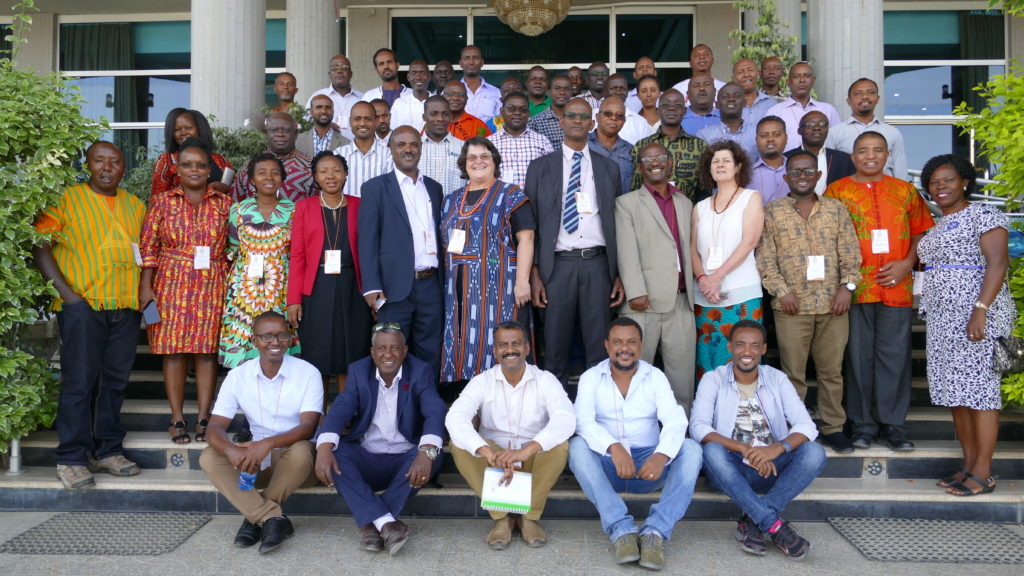
The meeting was officially opened by Dr. Abbadi Girmay, the Director General Tigray Agricultural Research Institute. In his remarks, he noted, “While it is a relatively new crop to Tigray, sweetpotato, especially the Orange- fleshed Sweetpotato (OFSP), has been identified as a food and nutrition security crop by the regional government for its climate resilience and potential to fight food and nutrition security. It is now given a proper emphasis in the extension system of the BoA mainly due the efforts put by CIP, TARI and other partners both from GOs and NGOs’’.
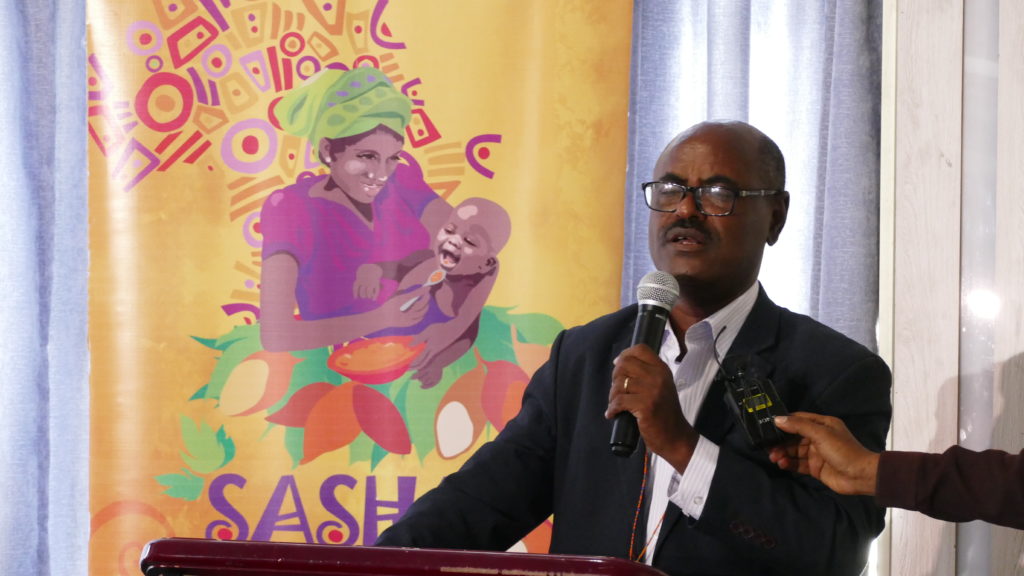
Poster Session
During the first session of the meeting, there was a poster session whereby participants were divided into four groups to review the posters. 11 posters were displayed and participants had a chance to have a question and answer session with the presenters of each poster. Thereafter the participants had discussions reviewing the posters highlight the lessons learnt and the challenges.

In line with the theme of the meeting, an engaging panel discussion with four successful commercial vine multipliers from three countries (Ethiopia, Ghana and Uganda). was led by Rosemary Kihiu. The panellists shared their experience with vine multiplication, the challenges they have faced as well as the highlights and successes achieved in their journeys to becoming successful commercial vine multipliers.
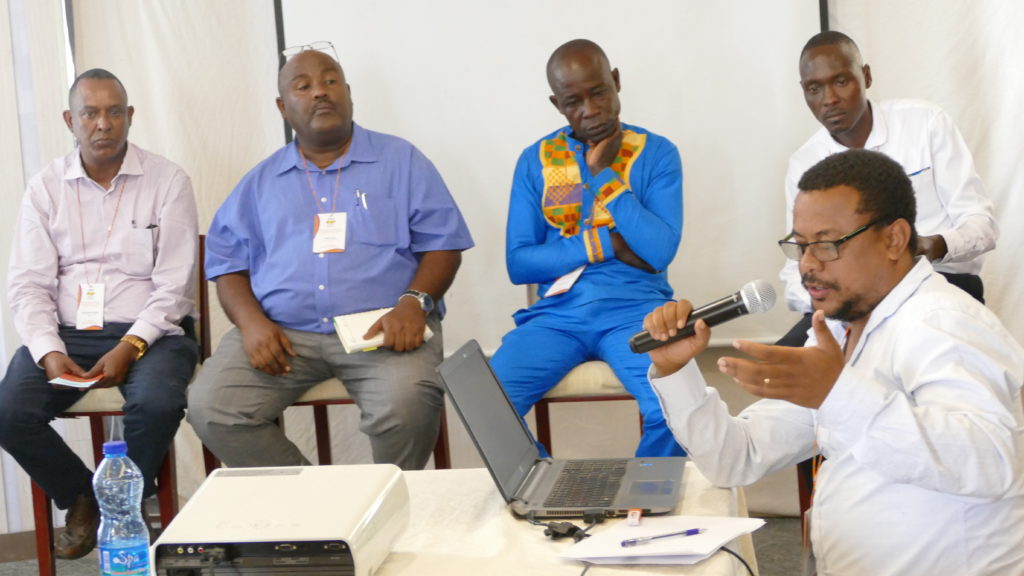
The Panellists are briefly described below:
Mr. Julius Dorsese is a 47-year-old sweetpotato vines and root producer from the Volta Region of Ghana. Julius has been producing sweetpotato since 2013 when the CIP led Jumpstarting OFSP project was being implemented in his community. Currently, he has 6 acres of vines multiplication field and 6 acres of roots production plot. Last year alone, Mr. Julius sold over three million vines cuttings equivalent to Ghc a hundred and fifty thousand Ghana cedis Ghc 150000.00) (US$ 28,846.00).
Tadele Jara is owner of Jara -Agro Industry located in Abaya district in SNNPR Ethiopia. Jara Agro industry grows different plant species for food, forage and seed in his 500+ hectare farm land which is fully irrigated. Jara started engaging in sweetpotato vine business five years ago when he was struggling to generate enough income from the then main agricultural activities. He started commercial sweetpotato vine multiplication business after approached by a CIP agronomist. Although he was not convinced about the business at the start, with an estimated 20 ha of annual vine multiplication he has emerged as one of the biggest commercial vine multiplier in Ethiopia and probably in Africa.
Joseph Okalebo is a Coordinator of Soroti Sweetpotato Producers and Processors Association (SOSPPA), a farmer-based organization in Uganda that produces quality material and is engaged in sweetpotato processing to produce composite flour for porridge. SOSSPA is the main supplier of planting material to FAO and affiliated CBOs, individual farmers and other NGOs such HarvestPlus.
Haftemariam Reda is the owner and manager of the Gash Reda Lema commercial farm. The farm is about 40 Ha in size and is situated in Southern Tigrai. He grows quite a number of commercial cash crops, namely: onion, tomato, pepper, watermelon, sweetpotato, maize, teff and sorghum. He is a renowned seed multiplier in the region and has experience multiplying onion, maize and teff seed and sweetpotato.
Some key highlights from this session:
- Youth should not be afraid of venturing into commercial vine multiplication. They need to start small and grow
- Commercial vine multiplication is profitable if done right
- Communities still need a lot of sensitization into the benefits of OFSP to increase demand for the crop
Marketing is an important aspect to achieve success, but ensuring your vines are good quality will earn you repeat customers.
Learning Journey
Participants had an option of three learning journey to select from.
Group one visited a farmer in Chelekeot village located about 12 km South of Mekelle. In 2014, Medhin Tsegayey, Abeba Gerezehier, Mulu Brhanu were among the first 20 farmers from their kebele selected to grow different nutritious crops such as OFSP, quality protein maize, potato, lima bean, lettuce, and papaya. From the initial planting material obtained from Tigray Agricultural Research Institute (TARI), all have grown OFSP for last five years making them among the villages’ experienced OFSP growers and vine multipliers.

The objective of the learning journey was to share and understand farmers’ experiences in OFSP production, processing, and marketing as well as challenges of production in their locality. A story on this learning journey is published here: https://www.sweetpotatoknowledge.org/seeds-of-joy-building-resilience-to-recurring-drought-in-chelekeot-village-tigray-ethiopia/
Group two visited Tigray Biotechnology Centre PLC a commercial tissue culture established in 2006 as part of a strategy to transform agricultural production system and attain food security through the production of high value planting material. The company owns one of the biggest commercial tissue culture laboratories in Ethiopia with an annual production capacity of 40 million plantlets using state of the art laboratory facilities in an area of 4.5 hectare.
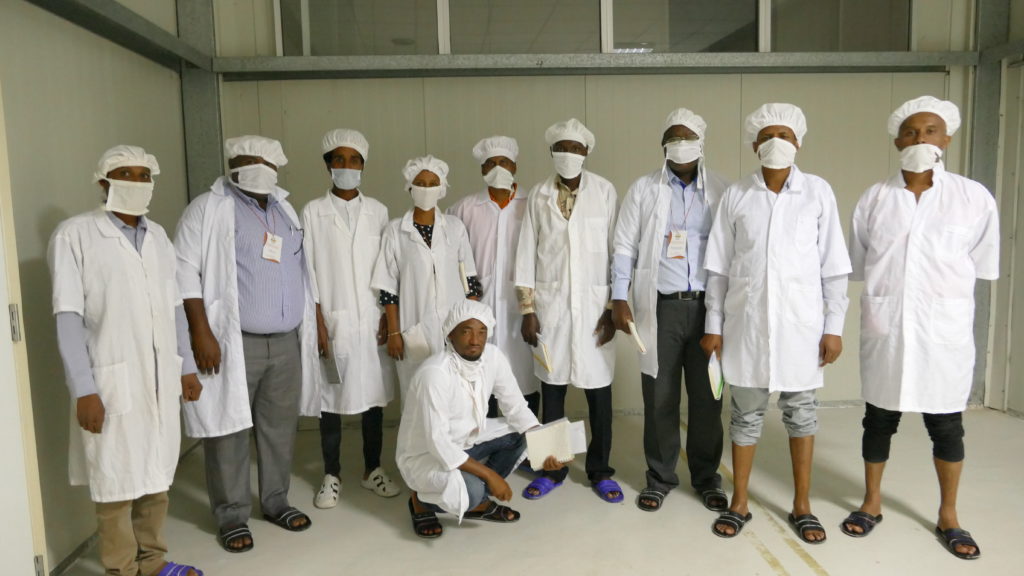
The objective for the visit was to understand the different production techniques applied by the company, understand the viability of the TC business and the marketing strategies by the business.
Some learning points from the visit:
- It is the largest tissue culture laboratory in Africa
- They produce 40 million plantlets annually with 17 crops
- They have 10 green houses of 50m x30 m with a capacity of 10million plantlets per cycle
- They have qualified staff (400 staff for the commercial laboratory per shift)
- Federal and regional inspection authorities visit the facility for inspection every 6 months
Group three visited Tigray Agricultural Research Institute (TARI). Established in 1974 as Mekele Research Center it is one of the oldest research Institutes in Ethiopia. The Institute has five reasearch directorates (Crop, Livestock, Natural Resources, Socio-economics/Extension and Farm implements). It has 9 research centers and 271 researchers at different agro-ecologies of the Tigray region addressing different agricultural problems in each agro-ecology.

Some key learning points from this learning journey were:
- TARI has well coordinated processes/protocols along the early generation seed
- (EGS) seed chain from tissue culture (TC) Lab, screenhouse/Net tunnels and open fields
- Continued improvements through innovative technologies and infrastructure developments (solving some of the challenges)
- They installed a water treatment plant for irrigation water
- Collaboration with emtomologists resulted in reduced incidence of whiteflies
- Using durable equipment which lasts longer as opposed to cheaper equipment (associated with high maintenance costs)
Launch of Business Plans
During this session of the meeting, business plans from three NARIS (KEPHIS, SARI and TARI) were officialy launched. The business plans are a new tool to encourage a “business orientation” in the NARIs. The plans have adapted four pillars:
- Political (Policy/Institutional)
- Technical
- Administrative and Financial
- Socio-cultural aspects required to establish a strong institutional framework for running a business
Cultural Dinner
On an exciting note, participants were treated to a night of good food and dance at a traditional Ethiopian Cultural Center. At the dinner, participants enjoyed a traditional Ethiopian meal and coffee ceremony which is the traditional serving of coffee, usually after a big meal. But most participants can attest that music and traditional dancing was the most entertaining part of the evening.
We were there to capture the moments.



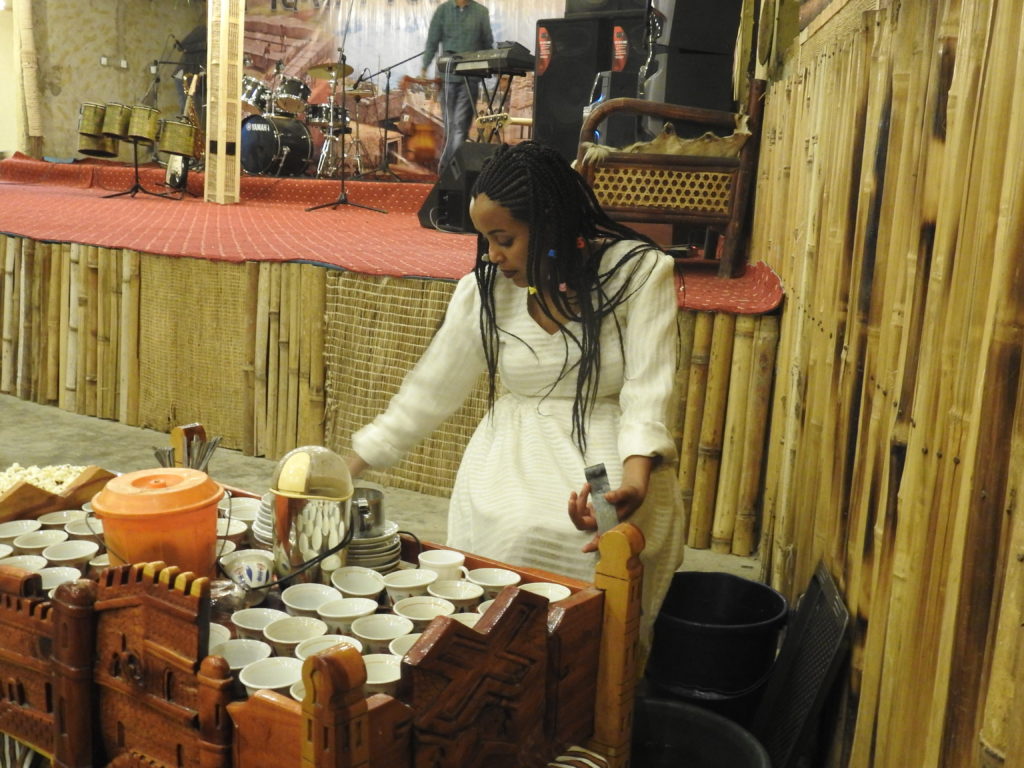



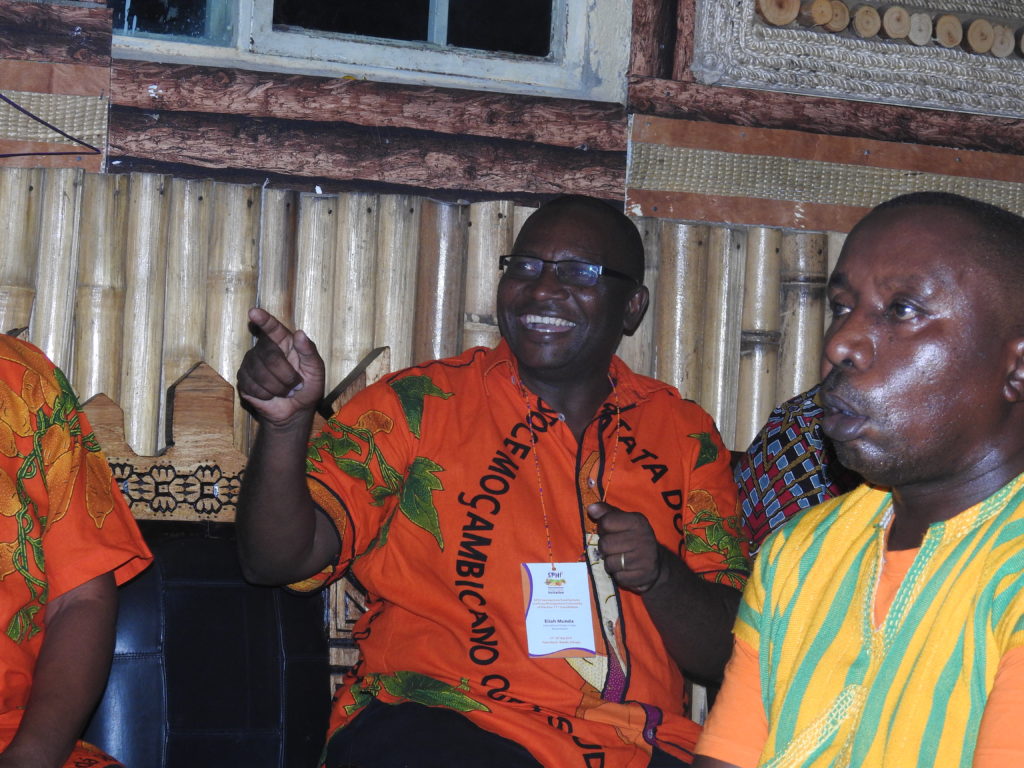
1 Comment. Leave new
[…] The 11th consultation of the SPHI Seed Systems and Crop Management community of Practice meeting was held over three days in May 2019 in Mekelle, Northern Ethiopia. During the three days, participants engaged in vibrant discussions during poster sessions, panel discussions, presentations and group work. A more detailed overview of the meeting can be found here. […]